Introduction to European Decor Style
European decor style is more than just a design choice; it’s a way to bring a touch of history, sophistication, and charm into your home. With influences ranging from French elegance to Italian rustic, the European style is incredibly diverse.
As someone who has traveled across Europe and experienced various villages, cities, and homes, I’ve encountered the enchanting elements of European decor that can transform any space. In this article, we’ll dive deep into the nuances of European decor, examining its rich history, various styles, practical tips, and how you can incorporate these elements into your own home.
Understanding the Different Styles of European Decor
European decor encompasses a variety of styles, each with its unique characteristics. Below, we’ll explore some of the most popular styles.
1. French Country Style
Known for its charming rural aesthetics, French Country style features rustic furniture, floral patterns, and pastel colors. Key elements include:
- Distressed wooden furniture
- Soft fabrics like linen and cotton
- Open spaces with natural light
2. Scandinavian Style
Scandinavian decor focuses on minimalism, functionality, and simplicity, often incorporating natural materials and light colors. Key elements include:
- Neutral color palettes
- Functional furniture
- Emphasis on natural light
3. Italian Renaissance Style
This style celebrates art, opulence, and architectural elements, often combining rich textures and vibrant colors. Key elements include:
- Detailed moldings and arches
- Rich fabrics like velvet
- Bold, warm colors
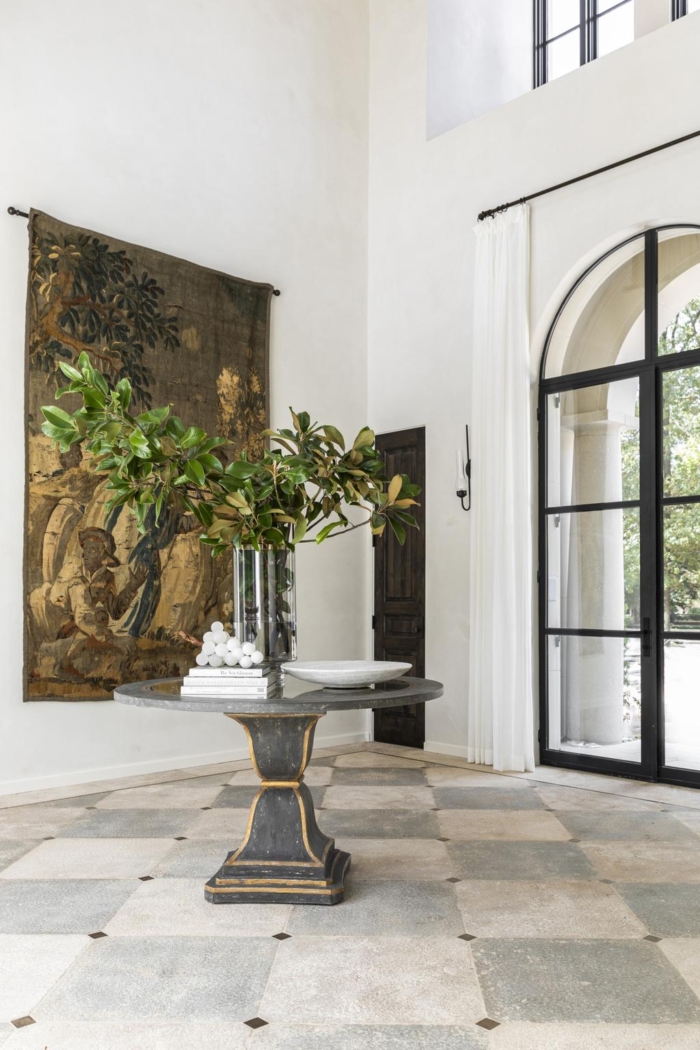
4. British Colonial Style
Characterized by its mix of European and exotic elements, British Colonial decor often includes dark wood, elegant pieces, and rich textiles. Key elements include:
- Dark wood furniture
- Animal prints and tropical patterns
- Classic British accessories
Key Elements of European Decor
To truly capture the European decor style, certain elements are essential. Here are the main ones:
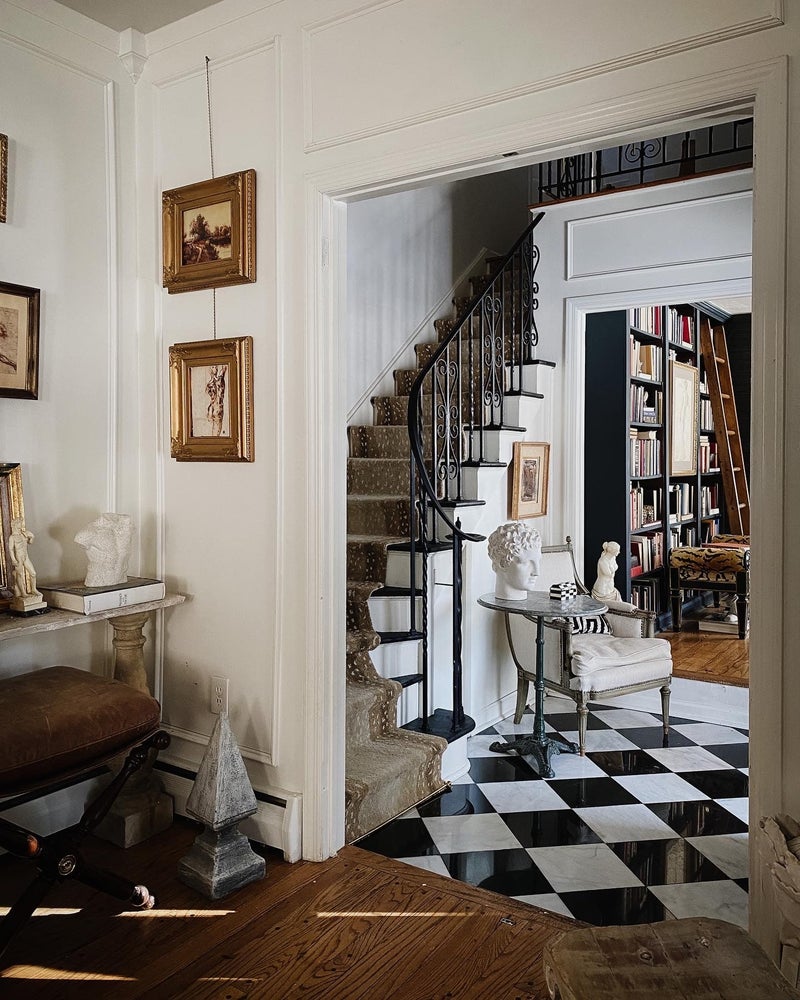
1. Color Palette
Colors play a vital role in defining the ambiance. Soft tones combined with rich, deep hues create a sophisticated atmosphere. Here’s a quick color guide:
| Style | Color Palette |
|---|---|
| French Country | Whites, creams, pastel blues, and floral patterns |
| Scandinavian | Whites, light grays, soft pastels |
| Italian Renaissance | Creams, golds, deep reds, and greens |
| British Colonial | Dark woods, rich greens, and animal prints |
2. Furniture
European decor favors authenticity, hence, vintage and antique furniture pieces are preferred. Look for:
- Handcrafted items
- Pieces with ornate details
- Functional, yet aesthetically pleasing designs

3. Textiles
From luxurious curtains to intricate tapestries, textiles in European decor often tell a story. Consider using:
- Natural fabrics like linen and cotton
- Rich upholstery on furniture
- Throw pillows and blankets with European motifs
4. Accessories and Artwork
Accessories in European decor add character and charm. Think about incorporating:
- Antique mirrors
- Framed art pieces
- Unique collectibles from travels

How to Achieve the European Decor Look
Incorporating European decor style into your home doesn’t require a complete overhaul. Here are some practical tips:
1. Start with a Neutral Base
Use neutral paint and flooring as your starting point. This allows you to layer colors and textures without overwhelming the space.
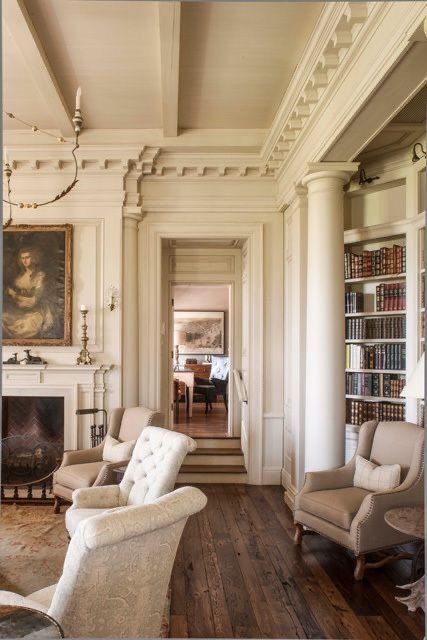
2. Mix Old and New
Combine vintage pieces with contemporary items to create a balanced look. This blend will add depth and interest to your decor.
3. Incorporate Natural Elements
Wood, stone, and plants are essential. Consider using wooden furniture, stone sculptures, or indoor plants to bring in nature.
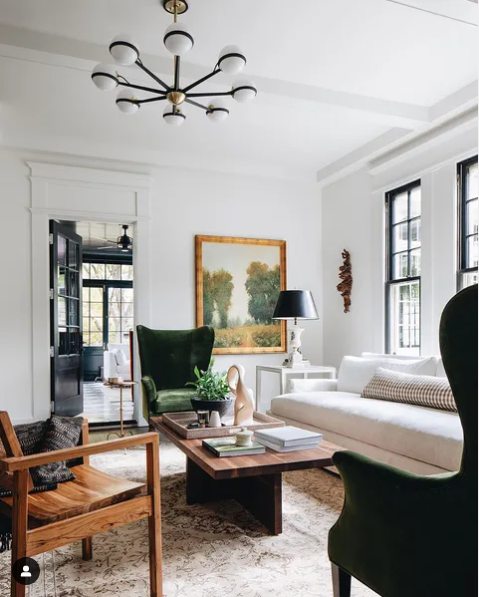
4. Add Personal Touches
Allow your personality to shine through with personal travel finds or family heirlooms. These items create a narrative and make a space feel lived-in.
Pros and Cons of European Decor Style
Before diving into European decor, it’s important to weigh the pros and cons:
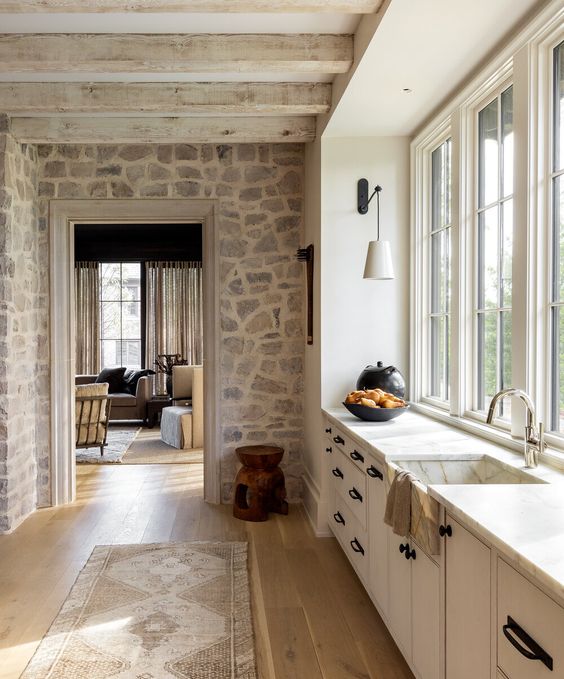
Pros
- Exudes elegance and sophistication.
- Rich in history and culture.
- Diverse styles cater to various tastes.
Cons
- Can be expensive due to antique and imported items.
- Requires a keen eye for mixing styles and elements.
- Maintaining vintage items can be challenging.
Frequently Asked Questions about European Decor Style
What is the main characteristic of European decor?
The main characteristic of European decor is its emphasis on elegance, rich textures, and historical elements that showcase a blend of art and functionality.
How can I make my home feel more European?
Incorporate historical or vintage furniture, use a muted color palette, and layer textures through textiles and accessories. Adding artwork and incorporating natural elements also helps.
Is European decor suitable for small spaces?
Yes! You can use lighter colors and smart furniture choices to create an open feel while still embracing European decor elements.
What are some affordable ways to decorate in a European style?
Shop at thrift stores for vintage finds, use DIY techniques to revamp furniture, and choose affordably sourced textiles that mimic luxurious feels.